Environmental Chemistry: Dichlorophenol and Biogeochemical Cycles
VerifiedAdded on 2023/06/04
|7
|1193
|233
Homework Assignment
AI Summary
This assignment delves into various aspects of environmental chemistry, starting with a discussion on dichlorophenol isomers and their structural differences. It explores the potential flaws in wastewater treatment using UV light, particularly the formation of toxic intermediates like octochlorodibenzo-p-dioxin. The assignment further compares and contrasts dioxins, furans, and PCBs, highlighting their synthetic or natural origins, key differences, and environmental concerns. It also provides examples of both organic and inorganic pesticides, categorizing them based on the pests they target. The solution discusses the properties and impacts of organochlorine pesticides, their mechanisms of action, and the effects of carbamates on pests. Key concepts such as BCF (Bioconcentration Factor) and QSAR models are explained, along with examples of organic and inorganic compounds. Finally, the assignment addresses biogeochemical cycles, the oxidation of nitric and sulfur oxides, the causes of acid rain, and the role of greenhouse gases in climate change, offering a comprehensive overview of environmental chemistry principles and their real-world implications. Desklib provides a platform to access this and many other solved assignments.
1 out of 7
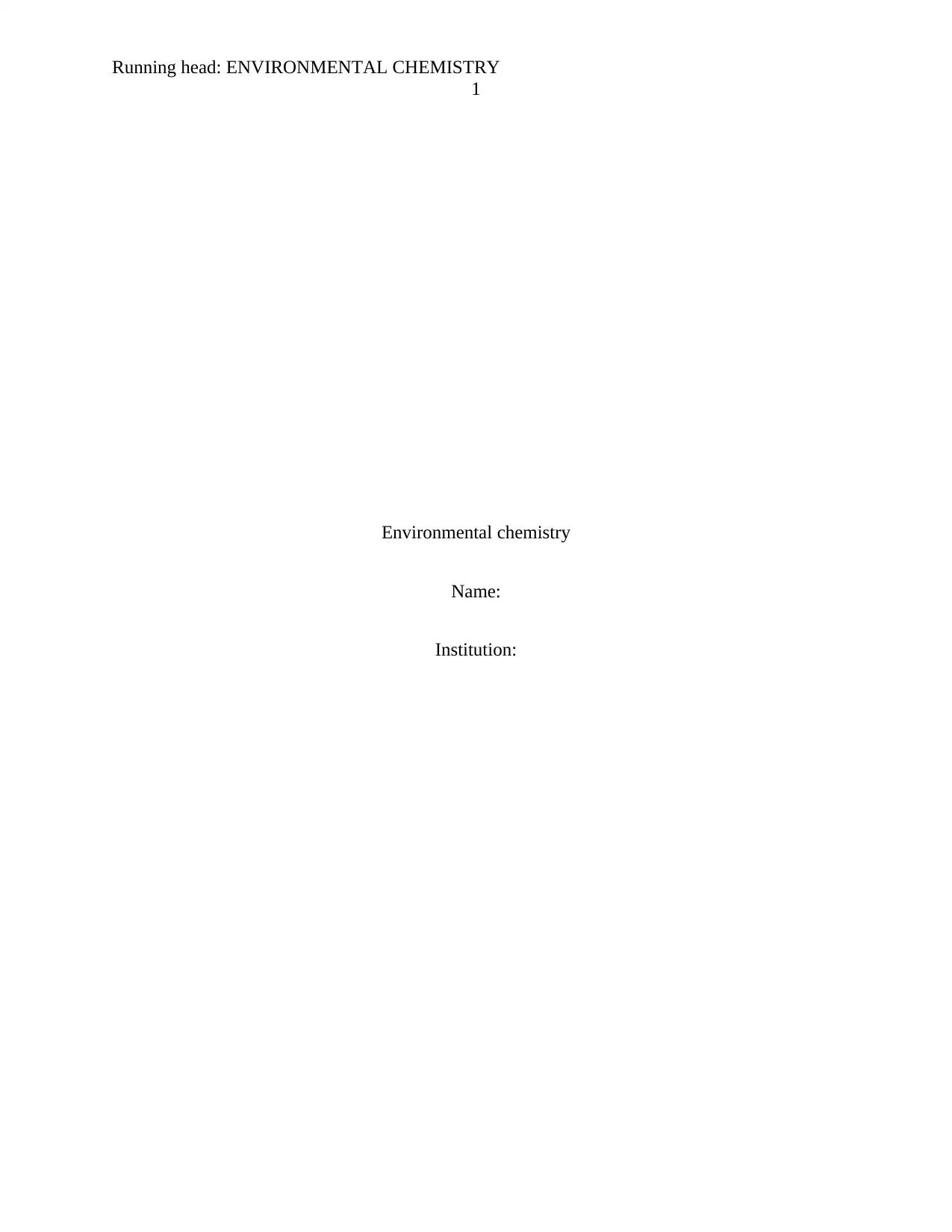
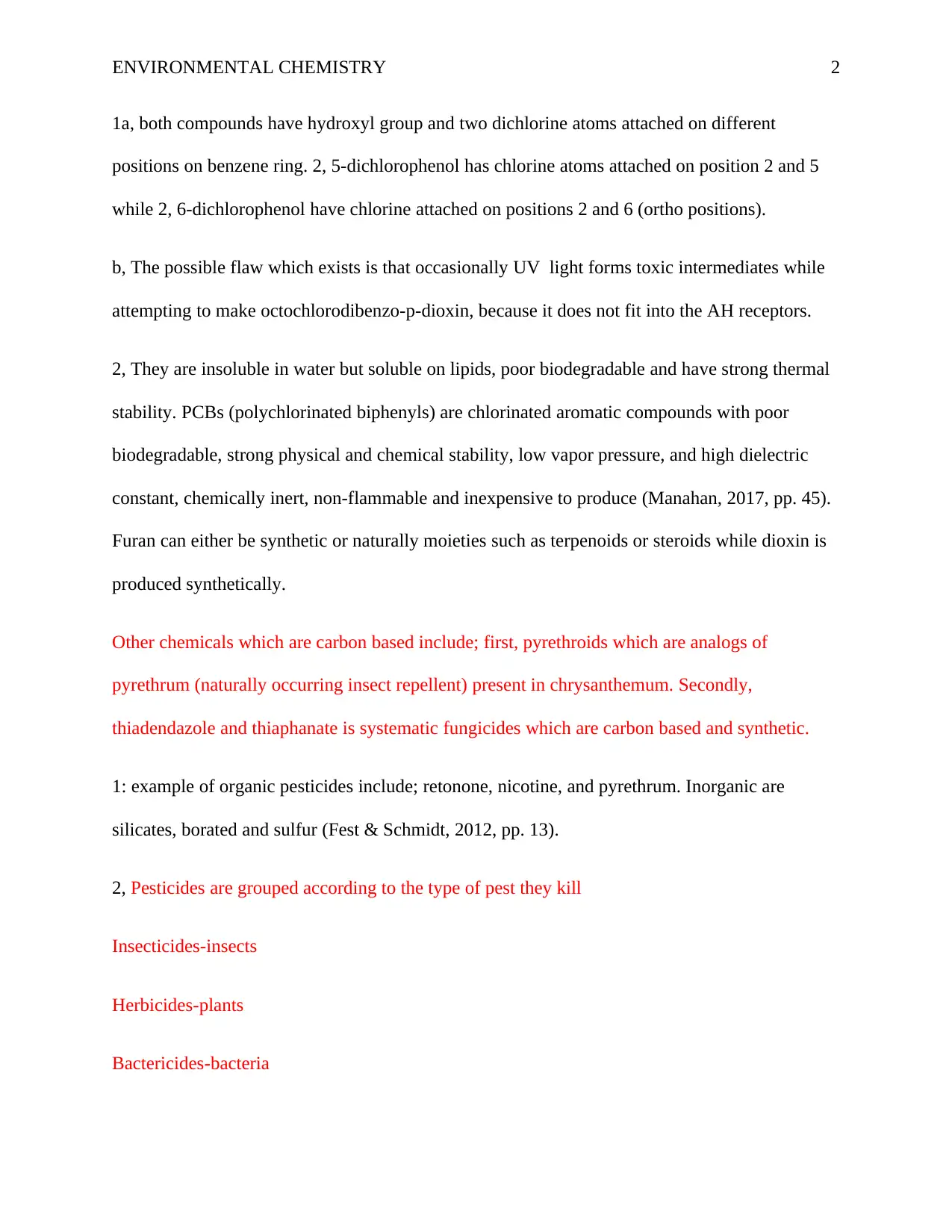
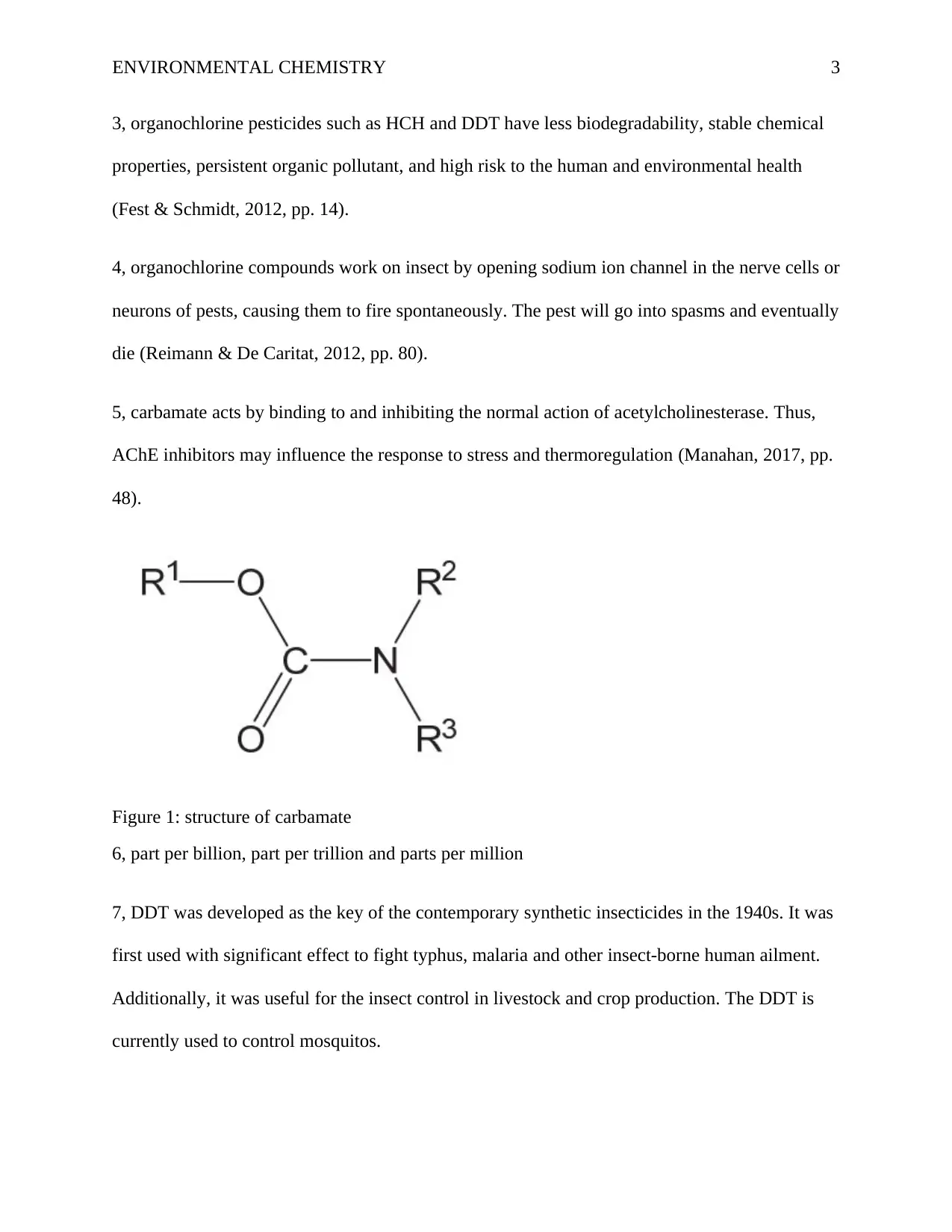

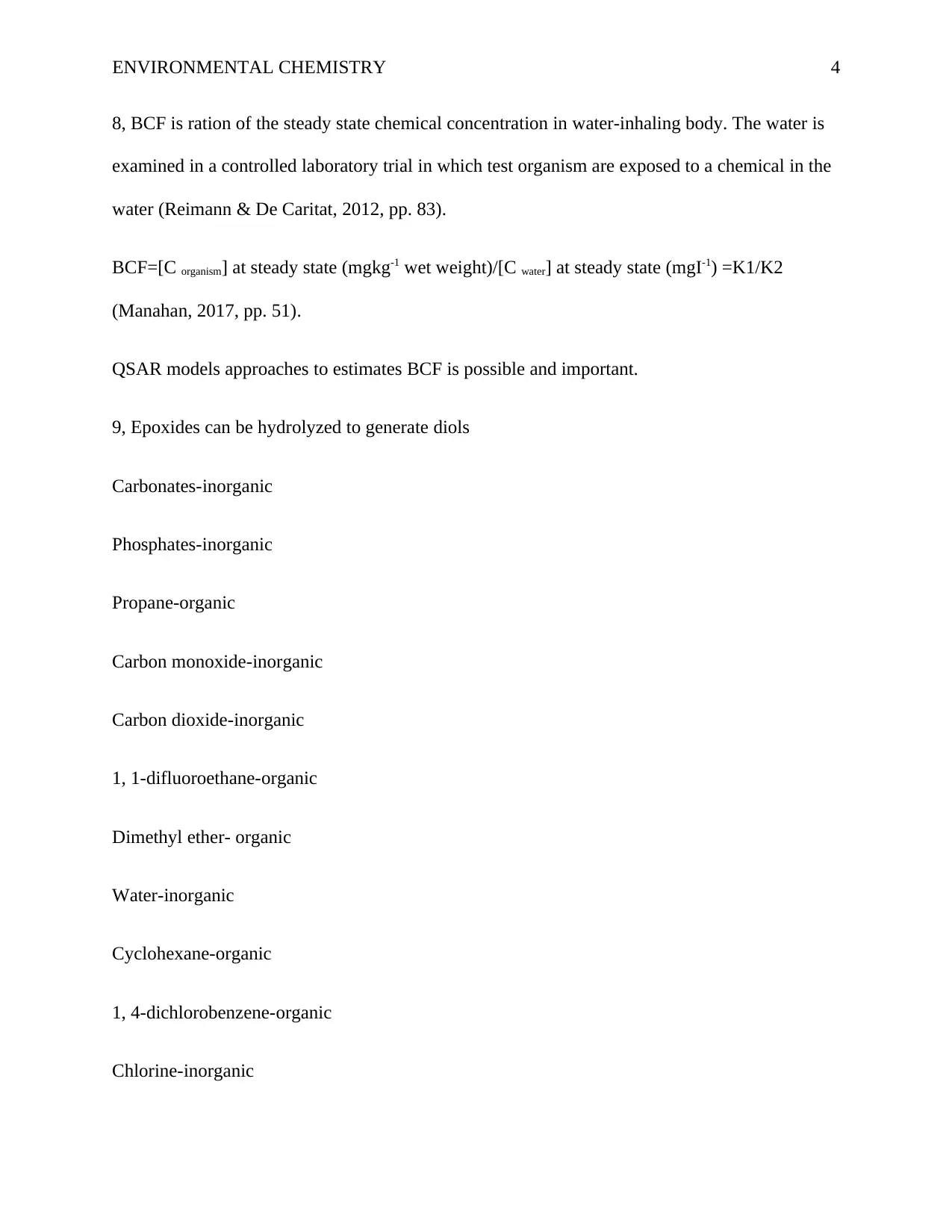
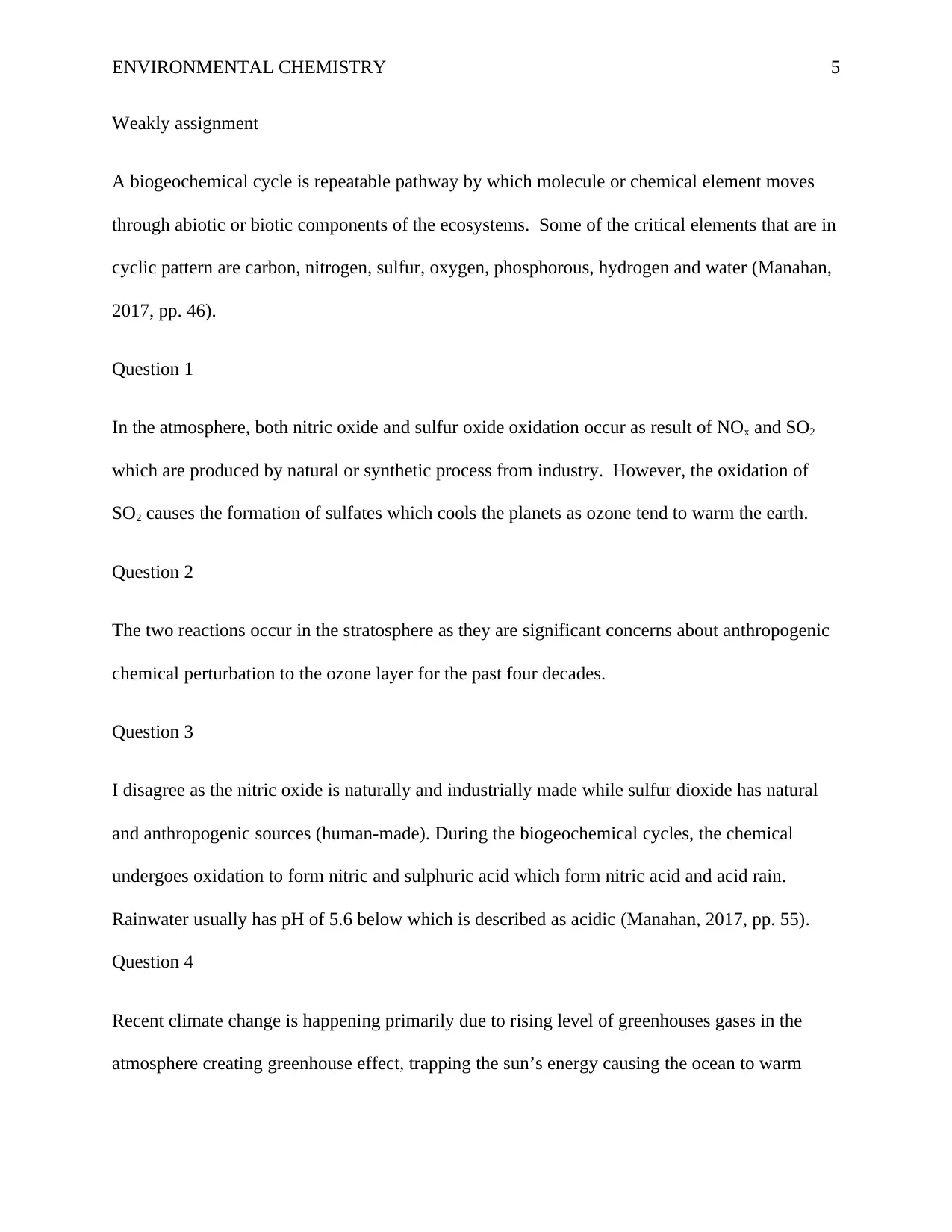
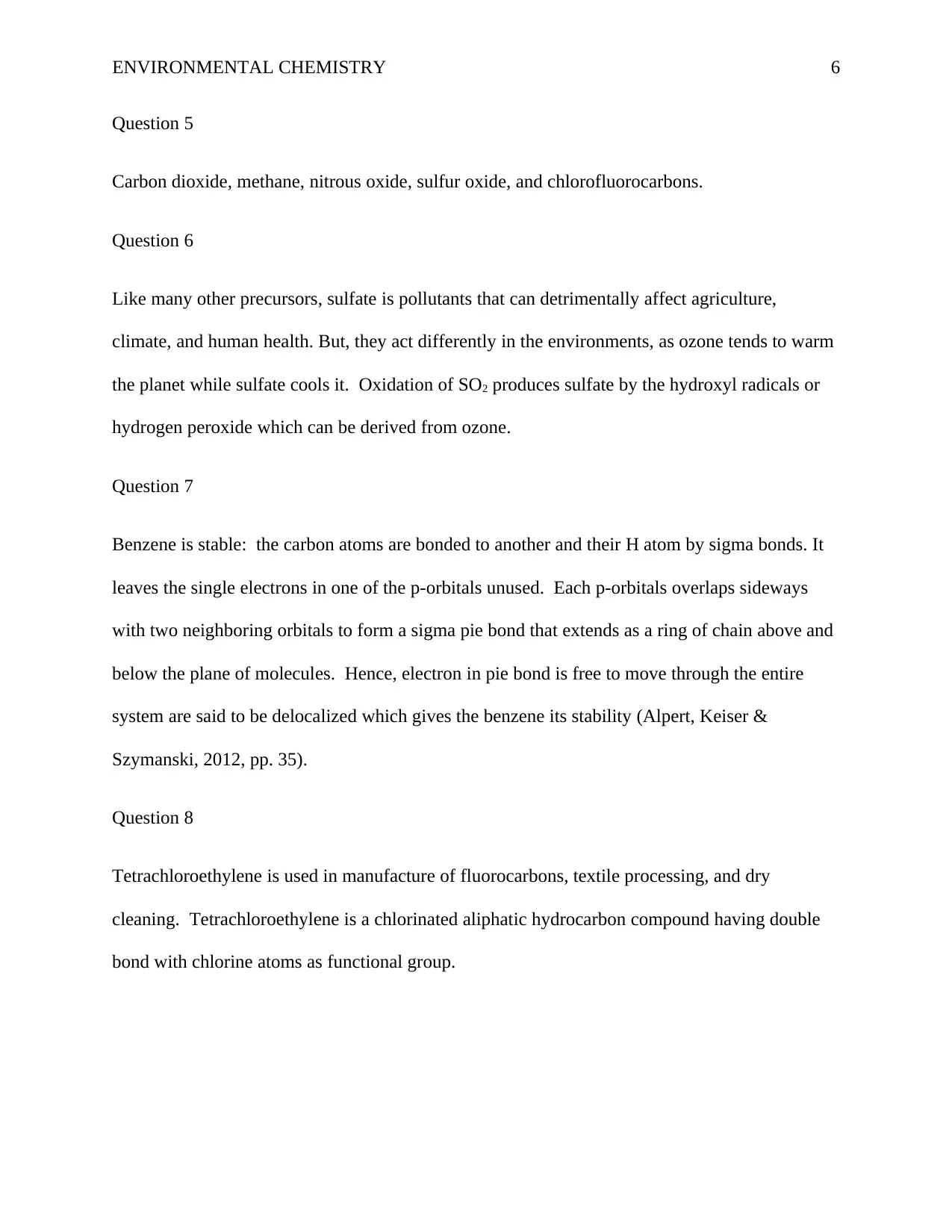
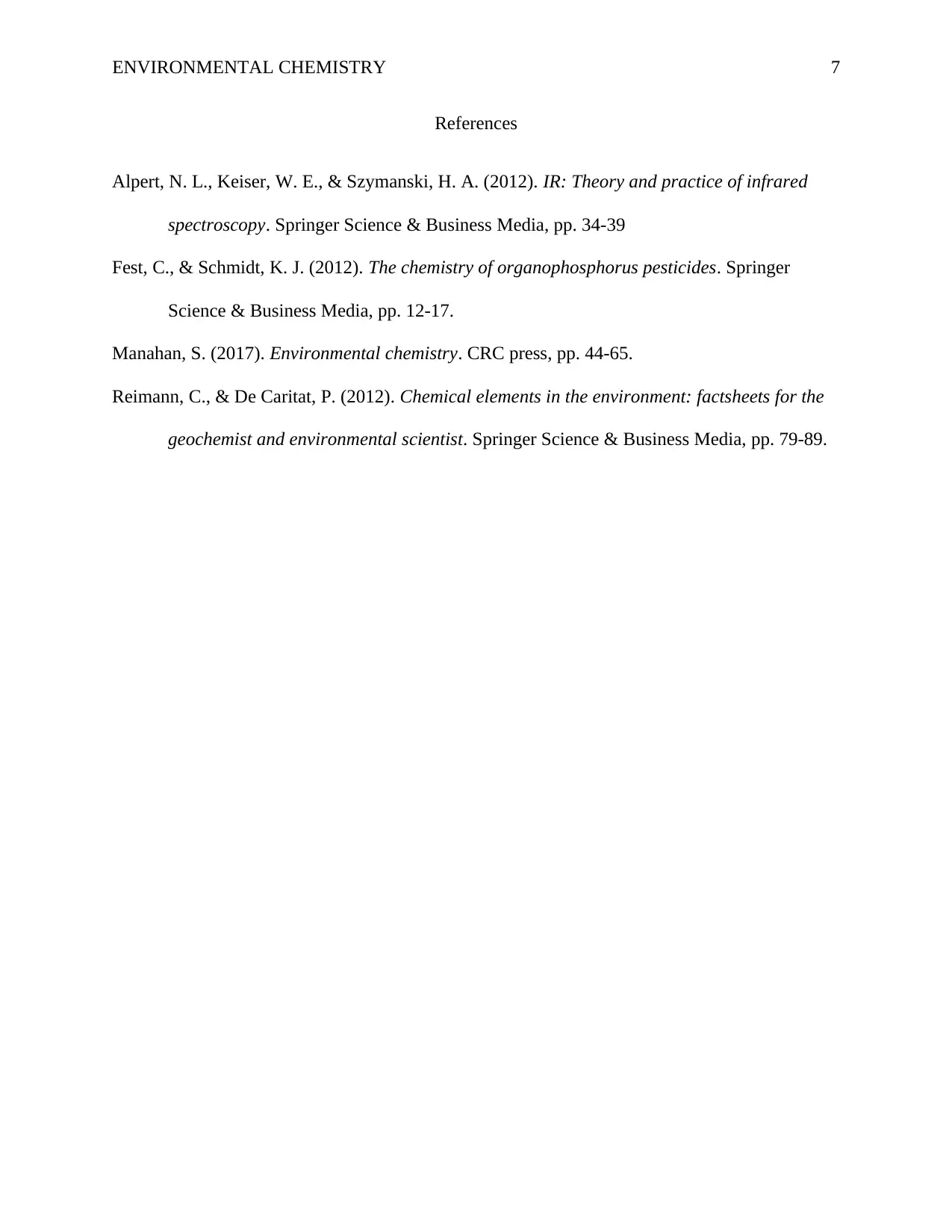

![[object Object]](/_next/static/media/star-bottom.7253800d.svg)